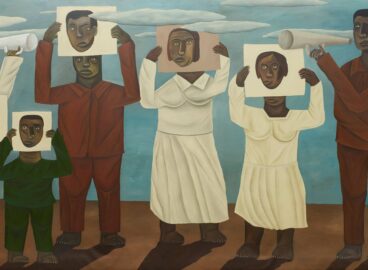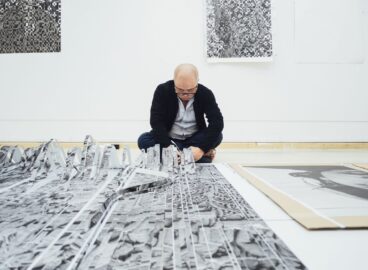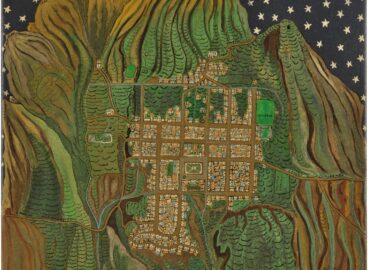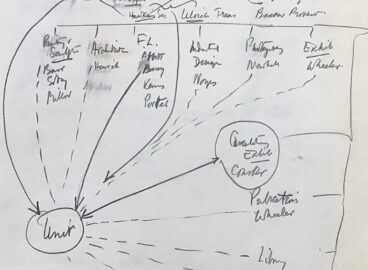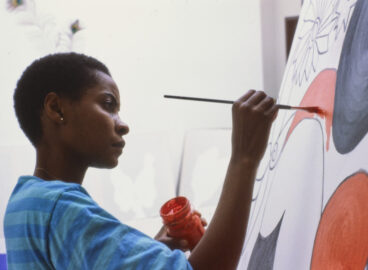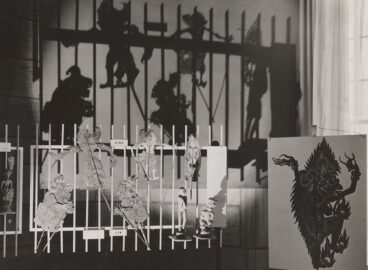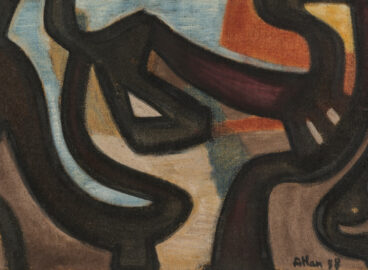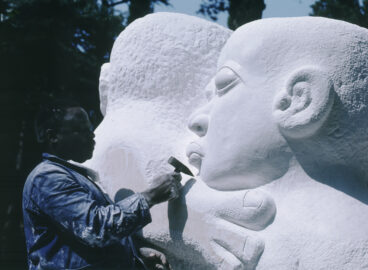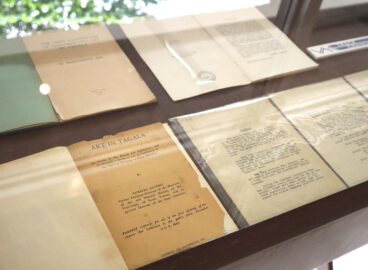In 1907, Oskar Kokoschka (1886–1980) was commissioned to create an illustrated fairy tale for the children of Fritz Waerndorfer, founding member and financial supporter of the Wiener Werkstätte, Vienna’s premier design workshop. In Die träumenden Knaben (The Dreaming Boys, 1917), Kokoschka produced a haunting narrative poem about the awakening of adolescent sexuality, set on distant islands, far removed from modern city life and bourgeois society. His meticulously crafted text draws on familiar tropes from classical and contemporary literature, including works by Johann Wolfgang von Goethe and Viennese writer Peter Altenberg. While nostalgia is an essential trope of the Romantic period, Kokoschka’s work subverts this emerging canon. His work transforms what should have been a Romantic-style evocation of nostalgia and passes traditional wisdom through myth into a critical dismantling of such a gesture. The designs in the artist’s lithographs exemplify the prevalent decorative style of fin de siècle Vienna, showcasing his adept integration of various “primitivist” trends in European art. This is evident in Die träumenden Knaben’s cloisonné-like outlines, unconventional perspectives, and flat color planes.
